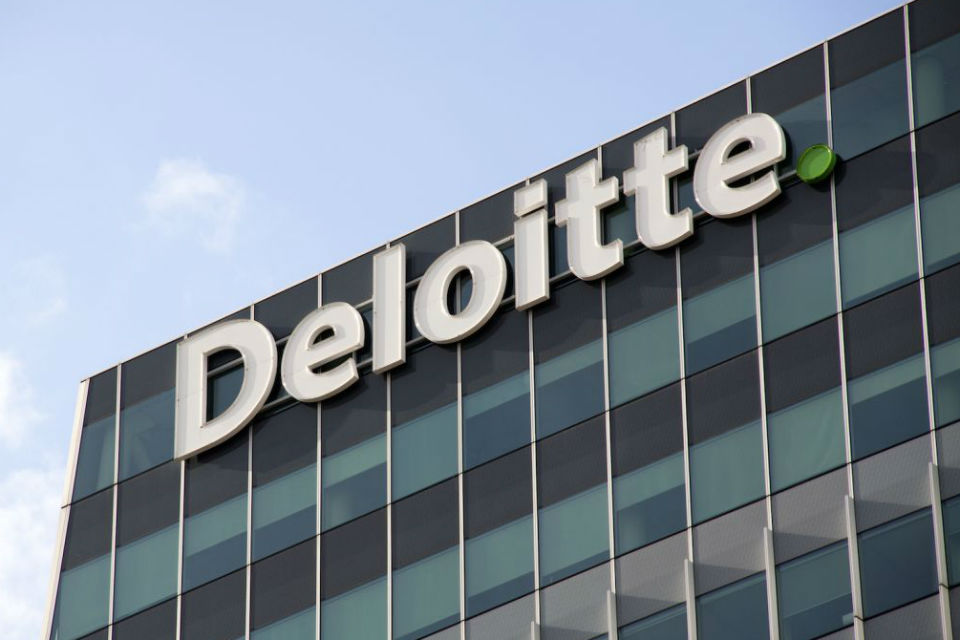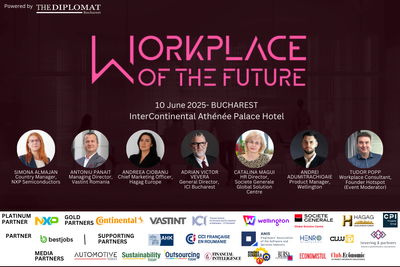Delivery and takeout orders increased by 14% since the COVID-19 outbreak: Deloitte study

Since the COVID-19 outbreak, delivery and takeout orders increased by 14% for consumers ordering once a month or more, driving restaurants to rethink their physical footprints, according to a Deloitte study conducted among restaurant customers and executives in the industry from the US. Almost two thirds (68%) of consumers say they order delivery and 52%, takeout, and nearly half (46%) of the survey respondents expect these habits to remain at current levels once the pandemic ends. Millennials (ages 23 to 39) are leading the way in placing delivery orders (65%), 13% more than in the pre-COVID period, while 77% of Gen X (ages 40 to 55) respondents prefer takeout orders, 20% more than in the pre-COVID period.
The study underlines that convenience, which has always been a major consumers demand, continues to top their expectations, with 62% of respondents saying this is their main reason for patronizing a restaurant. In the current context, convenience also includes delivery costs and wait times, pickup locations and contact. In terms of delivery costs, respondents consider a $4 average delivery fee to be fair. When it comes to wait times, 75% of respondents consider 30 minutes or less to be reasonable and only 20% consider it realistic to wait up to 45 minutes for their meal.
While the restaurant spending is down more than 20% compared to the previous year, the study highlights a new trend in consumption, namely the increase in the size of the average restaurant check, which indicates more customers are looking for family or multi-portion meals and represents useful information for restaurants in reshaping their offer.
Tech-savvy consumers demand digital engagement from restaurants and want cutting-edge technology options that recognize them and know their preferences, according to the survey conclusions and they are willing to allocate additional financial resources and pay an average of 14% more for such services. Seven out of ten respondents prefer to order digitally for off-premise delivery, 57% have a third-party delivery app on their phones and 48% follow a social media account from a restaurant or food brand.
“The COVID-19 pandemic forced business shutdowns, but also ad-hoc innovation. Restaurants focused on customer interactions enabled by digital ecosystems – mobile apps, redefined payment methods, personalized experiences based on consumes’ behavior – and in some cases even redesigned entirely their business models. The Romanian hospitality industry was severely impacted by the health crisis and has already lost several thousands of employees, but some players reacted quickly. We saw restaurants focusing on delivery and takeout through proprietary platforms or partnerships with food delivery platforms, but also on new business lines, such as creating pre-cooked meals or special menus for special occasions,” said Zeno Caprariu, Audit Partner, Deloitte Romania, and the leader of the Consumer Products industry.
Another major customer trend identified by the study is the heightened safety in the wake of COVID-19, as remote work models and crowd avoidance are reshaping people’s dining habits. Customers expect restaurant not only to take safety measures, but also to make them visible. Four out of five respondents said they would be more likely to patronize a restaurant if they knew what steps it was taking to enhance cleanliness, food and guest safety, and they are willing to accept 10% higher prices from these restaurants.















